Make every trip up and down from the attic an easier one by skillfully installing attic stairs.
Measurements
The most important rule with this and other projects is to measure everything twice. Once you’ve found the perfect location for your loft stairs, you’ll need to make sure that your ladder has enough room to fit and can extend fully without knocking into everything.
Multiple measurements get tedious quickly, but it's a much better alternative to realizing that you’ve gotten something wrong and then having to destructively undo it. Mistakes in a DIY project can be pretty stressful, but thankfully you can avoid major issues pretty easily just by being diligent and planning ahead.
In general, your typical attic ladder needs a 22-½” x 54” opening to fit, although you can also find smaller ones if you need a more compact attic ladder for your home. Be sure to make enough room as well so that you can safely mount and dismount the ladder while carrying something. You definitely don’t want to bump into the ceiling while carrying something heavy, so this is a detail that shouldn’t be ignored.
The good news is that you do have some room for error. If the stringers (ladder rails) end up being a bit too long, they can always be trimmed down to fit your dimensions. Finally, it is a good idea to check that your attic has enough room for the attic stairs to comfortably fold up and store into it when not in use.
Materials
Attic ladders come in a variety of materials, and the one you opt for will depend on what quality you value the most. An aluminum attic ladder will likely be the most durable as well as the lightest option you can find. Aluminum is lighter than other materials available and is also rust-resistant, which is especially good if you live in an area with a lot of humidity.
Wood is your other material of choice, and these can also last quite a long time given proper installation, assembly, and maintenance. Wood is also a fairly lightweight material, and thus is perfect for an attic door. However, wood is far more susceptible to the elements and so may not be the best if your home has a lot of moisture. Bear in mind that moisture causes wood to expand and contract with time, eventually causing cracks and rotting.
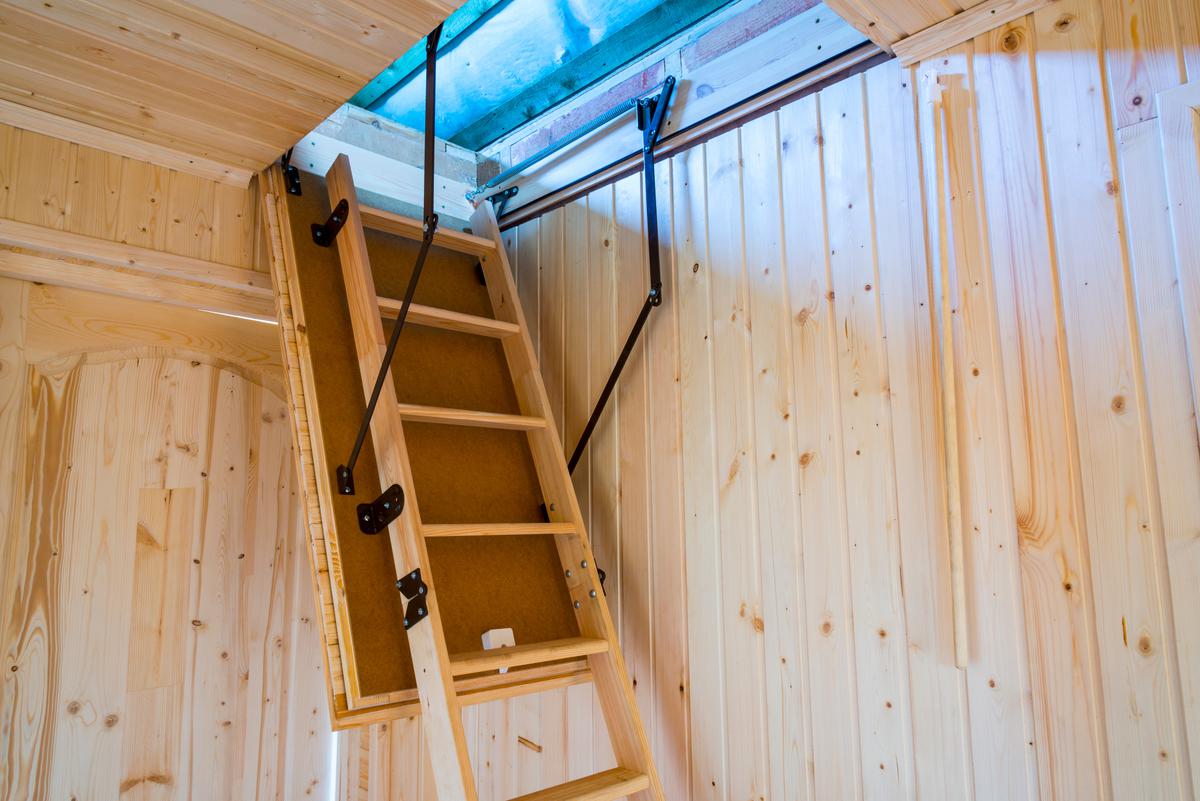
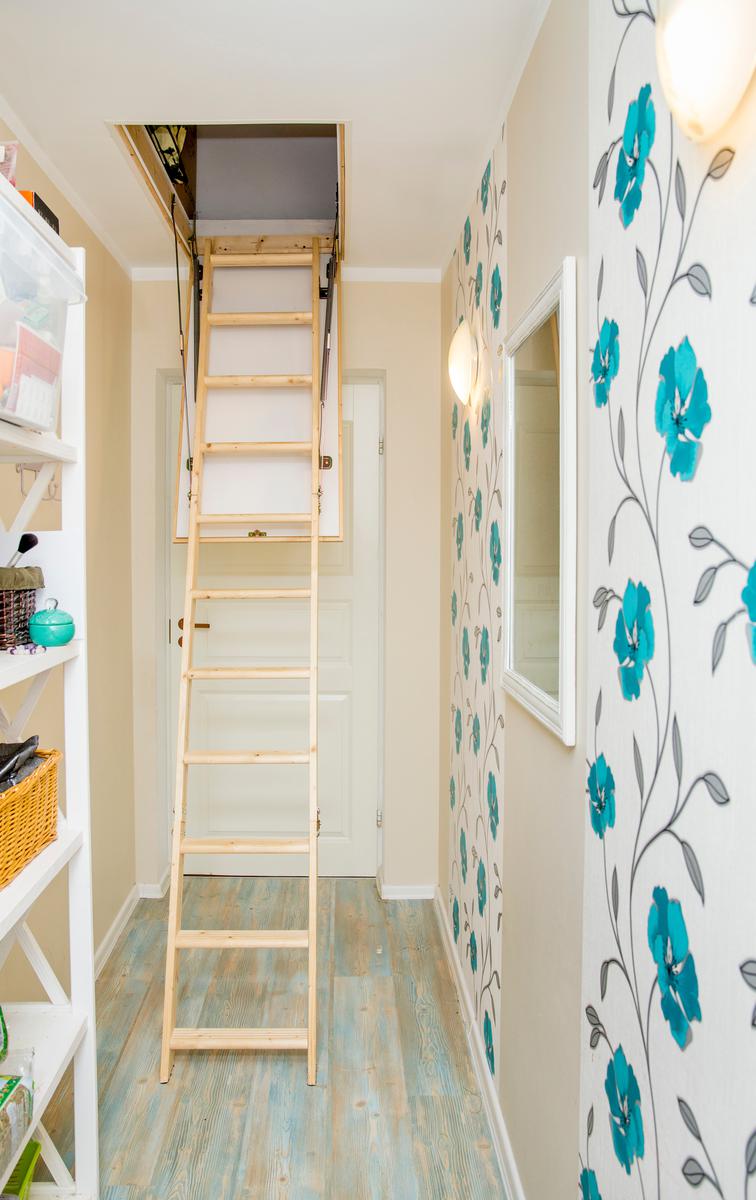


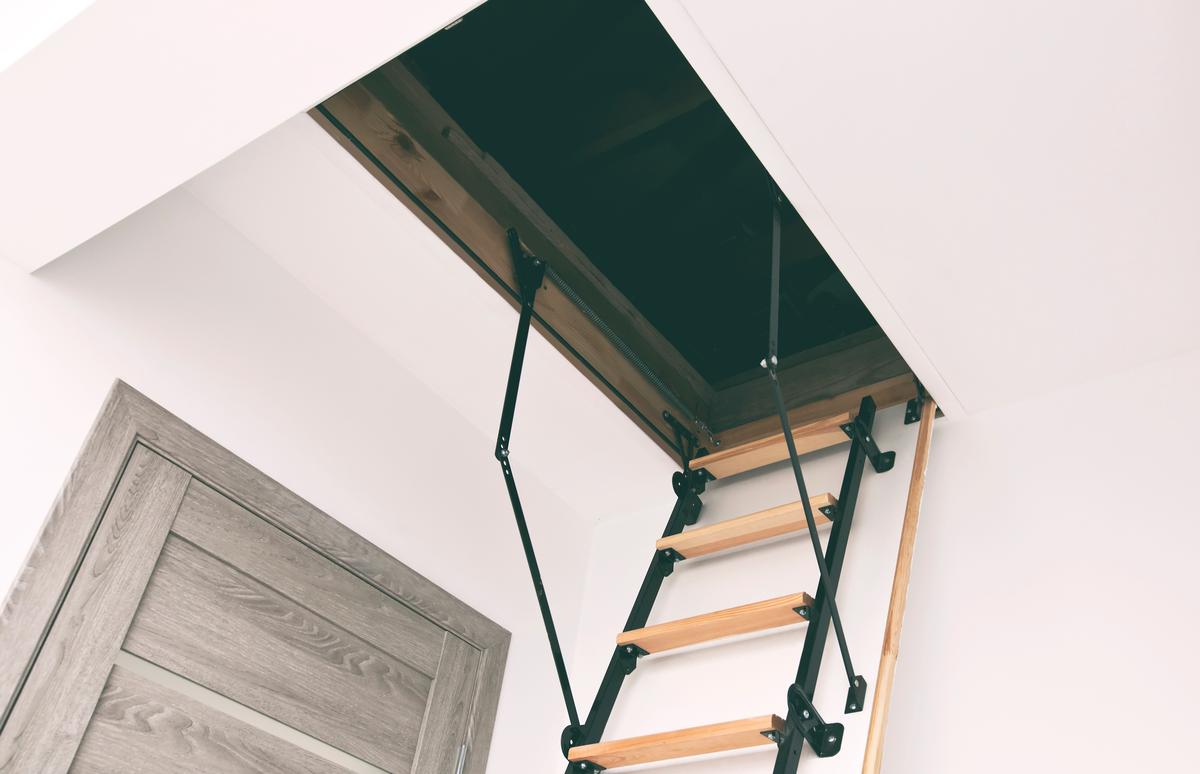
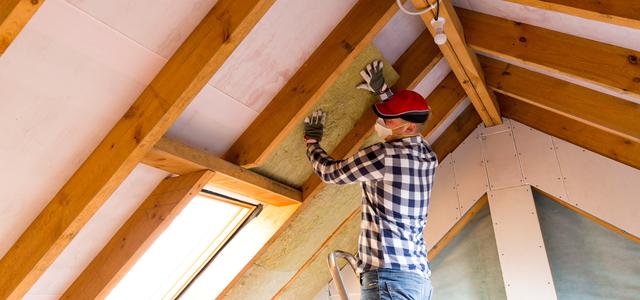
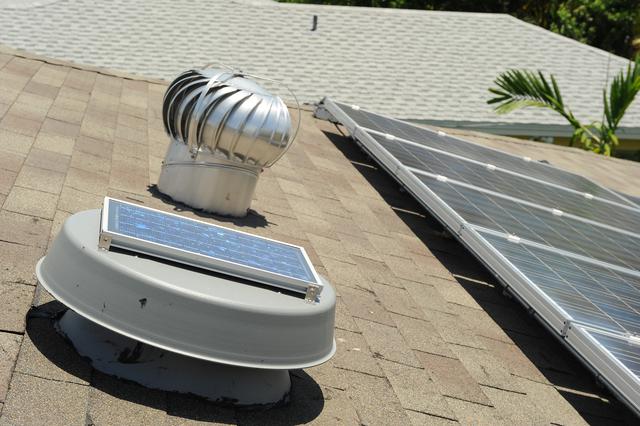

comments